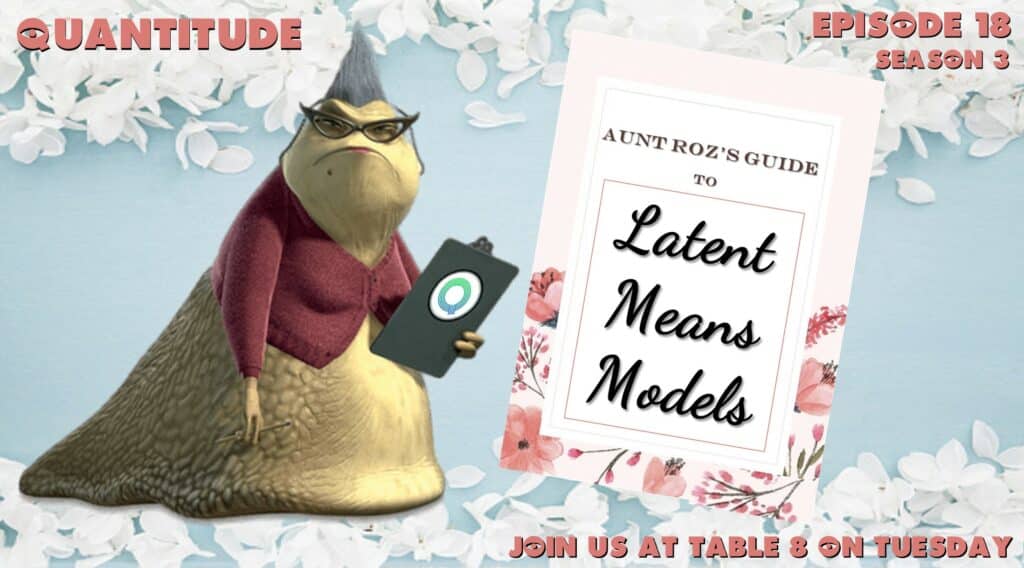In this week’s episode Greg and Patrick discuss latent means models to conduct group mean comparisons while controlling for measurement error, which gives you more power and more accurate standardized effect size estimates. Along the way, they also mention Aunt Roz, table 8, naughty pigs, crossing the streams, big twinkies, asbestos, It’s a Small World, churros, 1974 Sweden, Greg’s Swedish coach, ghosts, the primrose path, SAT-level words, and humble pirates.
Additional Show Notes
Choi, J., Fan, W., & Hancock, G. R. (2009). A note on confidence intervals for two-group latent mean effect size measures. Multivariate Behavioral Research, 44, 396-406.
Hancock, G. R. (1997). Structural equation modeling methods of hypothesis testing of latent variable means. Measurement and Evaluation in Counseling and Development, 30, 91-105.
Hancock, G. R. (2001). Effect size, power, and sample size determination for structured means modeling and MIMIC approaches to between-groups hypothesis testing of means on a single latent construct. Psychometrika, 66, 373-388.
Hancock, G. R. (2003). Fortune cookies, measurement error, and experimental design. Journal of Modern Applied Statistical Methods, 2(2), 293–305.
Hancock, G. R. (2004). Experimental, quasi-experimental, and nonexperimental design and analysis with latent variables. In Kaplan, D. (Ed.), The Sage handbook of quantitative methodology for the social sciences (pp. 317–334). Thousand Oaks, CA: Sage.
Sorbom, D. (1974). A general method for studying differences in factor means and factor structure between groups. British Journal of Mathematical and Statistical Psychology, 27, 229-239.
Thompson, M. S., & Green, S. B. (2013). Evaluating between-group differences in latent variable means. In G. R. Hancock & R. O. Mueller (Eds.), Structural equation modeling: A second course (pp. 163–218). IAP Information Age Publishing.

